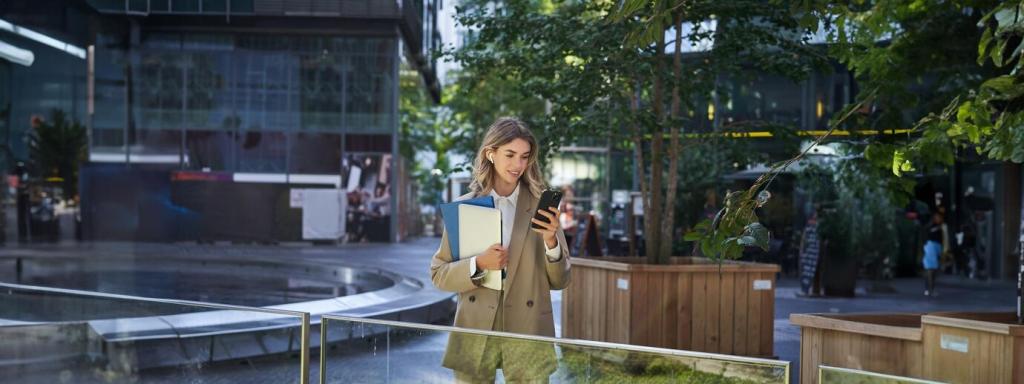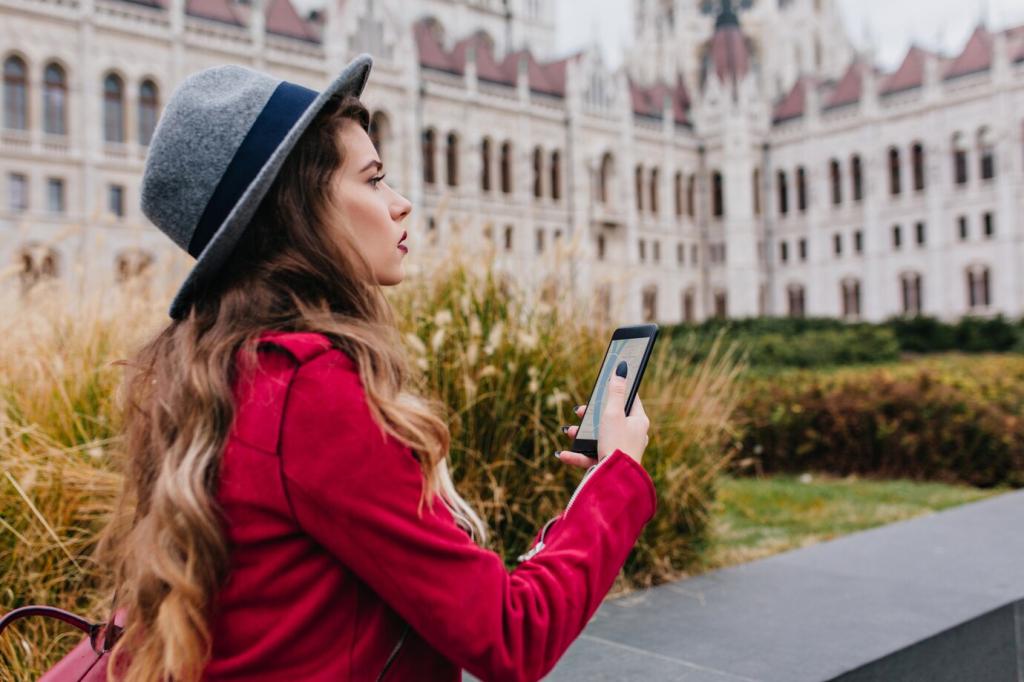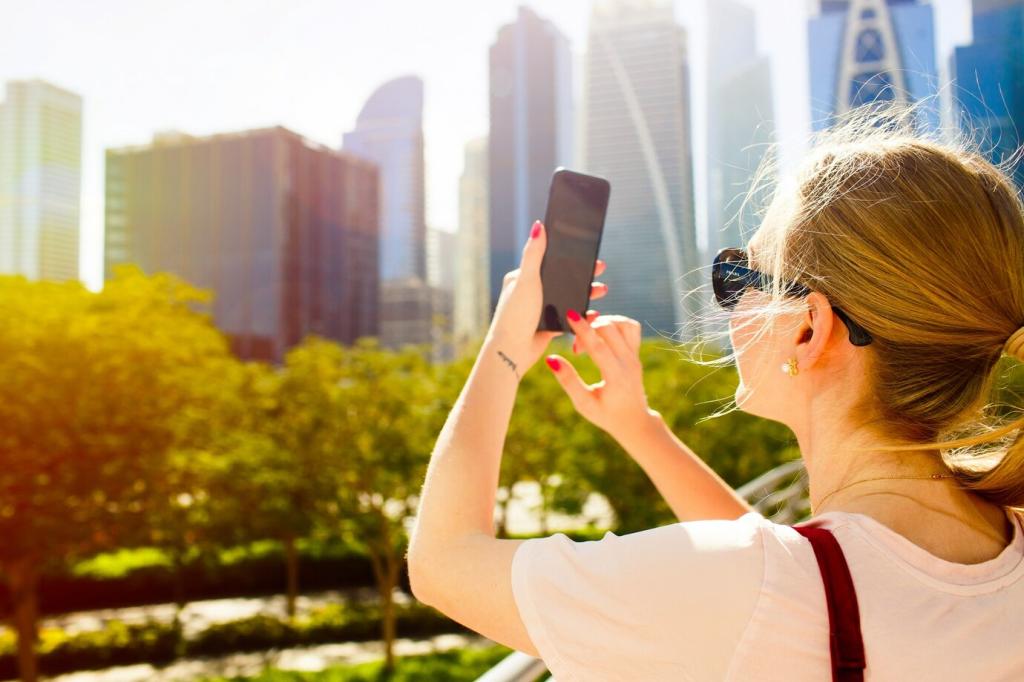Why VR Changes How We Meet Monuments
Presence is that goosebump moment when scale becomes personal. In VR, the Eiffel Tower is not a postcard; it is iron above your eyelashes, rivets near your reach, and the wind’s suggestion flanking your shoulders.
Why VR Changes How We Meet Monuments
A classroom in a rural town, a traveler grounded by circumstance, a curious mind with limited mobility—VR turns borders into invitations. Monuments become reachable, not reduced, as layered narration replaces long-haul logistics.








